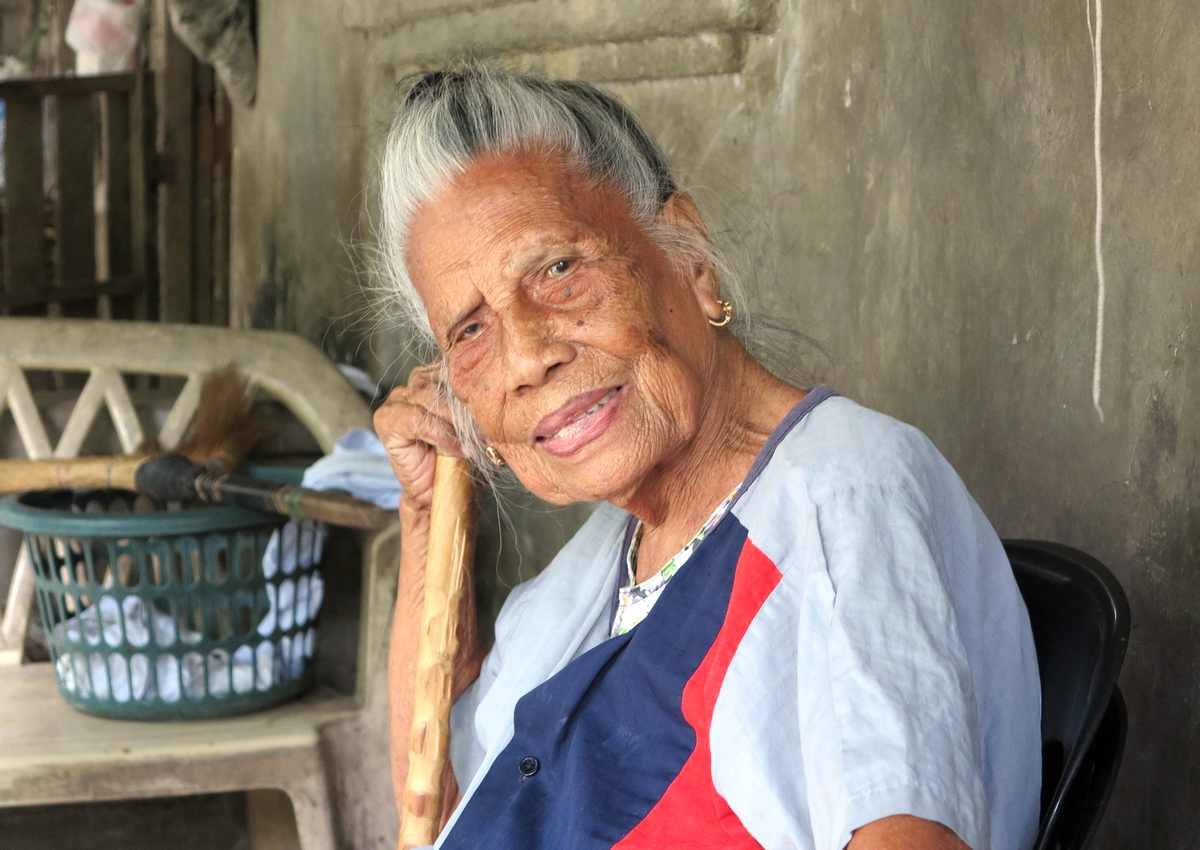Originally posted 2020-05-11 13:26:25.
Fertile women cycle until they are around fifty years old, at which point a phenomenon called menopause occurs, when a woman ceases to produce eggs for fertilisation. Millions of ova develop within the female unborn baby, far more than the 450 or so that are ever used, so why has this cut-off point evolved?
Possible explanations for the menopause
There are a number of possible explanations. One is that it prevents older ova, which may lead to birth problems, defects or stillbirth, from being fertilised. Since the ova are formed in the early stages of foetal development, they might be fifty or more years old in an older woman. Very few cells in the body survive that long without replacement. DNA degrades through time and is constantly being repaired in living cells, so cells of this age may have more defects. The cessation of ovulation might be a mechanism evolved to reduce the number of unviable offspring.
Another possibility is that because pregnancy later in life places greater demands on the mother’s bodily reserves, the menopause evolved to ensure that women survived long enough to raise their children. Also, menopause may allow the energy otherwise used to ovulate to be conserved and directed towards the support of existing children. Probably all of these played a role in the evolution of this human adaptation.
Whatever the cause, however, the existence of the menopause completely refutes the suggestion that our ancestors had short lifespans, since it could only have evolved in women living longer than the age of menopause and into their sixties and seventies.
So, we may infer that ancient women, lived similar lifespans to those they do today and the Hobbesian ‘short, brutish life’ is a contemporary myth. In extant hunter-gatherer societies, women live into their eighties, providing support for this. There is very little difference between their lifestyle and that of Palaeolithic women. Our foremothers did not die young, excepting death by hazard or in childbirth. Once one allows for such deaths, a more accurate estimate suggests that both women, and probably men, lived till they were between sixty and ninety years old.
Healthy diet
These early wanderers had a healthy diet of fresh fish, meat and plants with little starch or fats. They exercised well and had none of the diseases that would so scourge city-based societies, like cholera or typhus. These people would have had relatively high infant mortality as well as death in childbirth and unhappy accidents, but the idea that they had lives only into their twenties or thirties is unsustainable.
Could it be that long life, especially amongst women, is an evolutionary advantage? If so how would this work? Clearly, women in their eighties are less able than they once were, and contribute less to the daily tasks of the group; the cost of maintaining them is high. What benefit could offset that? Could it have been knowledge?
Cultural power
The longer a successful mother can continue to reproduce and care for children, the more useful she is in maintaining and increasing the numbers of her group. Equally important, perhaps, was that older women were repositories of the group’s learning, and probably were shamans who communicated with the spirit-world. All of this amounts to real cultural power. Motherhood was central to survival, and so the Goddess, who is the Great Mother, was revered in all her ages.
A young girl at the point of her sexual maturity is the symbol of fertility, for she is potential lover and mother, yet still a girl, with all the frivolity and capriciousness of any teenager. Once she becomes pregnant, carries to term and passes through the ordeal of parturition, she will become a fully-fledged mother, a sister to the Goddess. And in later life she remains the Goddess, older, with the collected wisdom of the decades of her life, passing this on to the younger women around her.
This culture was centred on the survival of children through the empowerment of women and depended on their knowledge, passed orally from generation to generation, for survival. Culture itself – the totality of ideas and beliefs that a population holds – is therefore a tool that helps us to survive.





